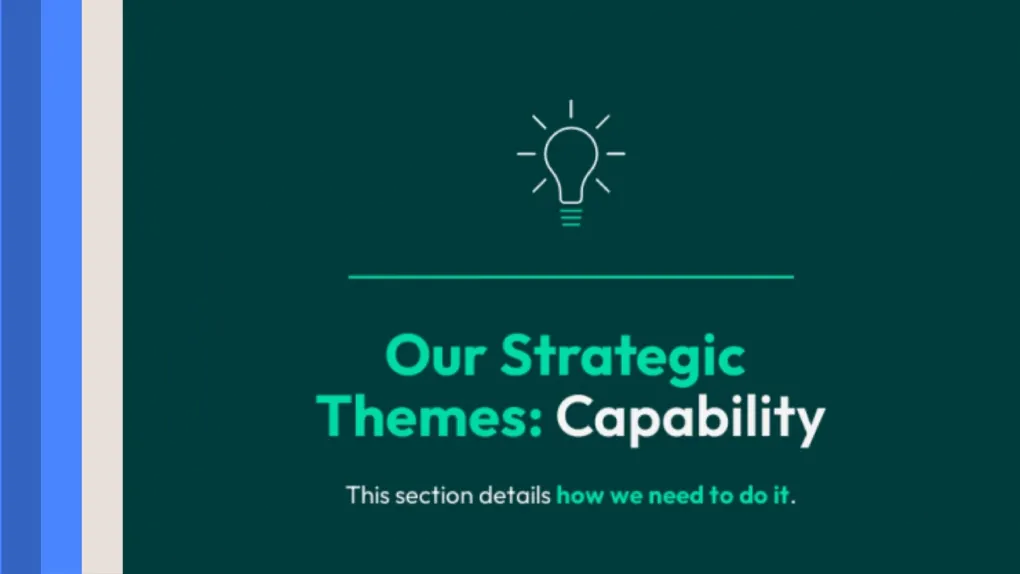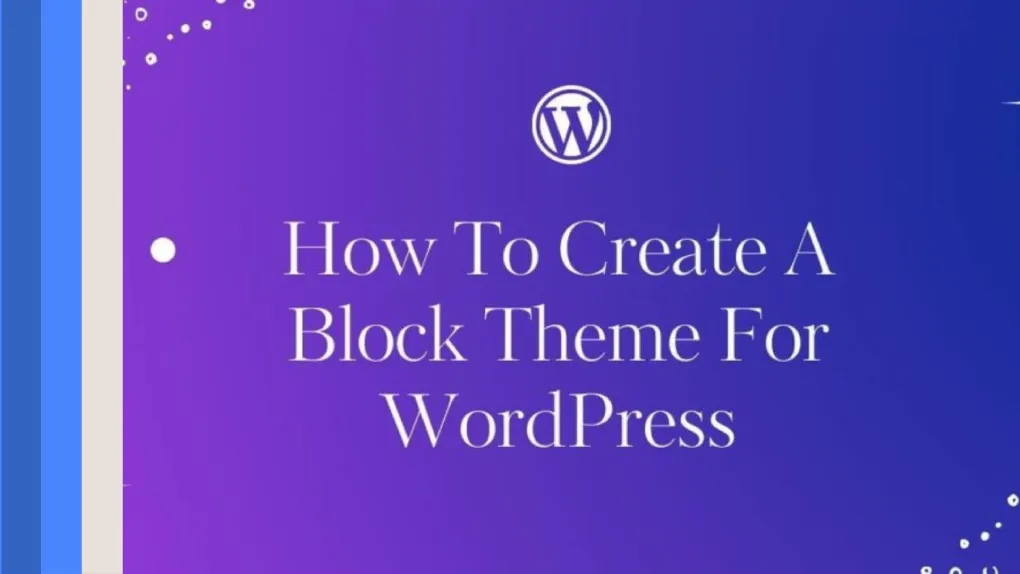Your website’s design is represented by a WordPress theme. It has complete control over the layout, fonts, and colors. The theme essentially determines what you see when you see your site’s front end. The WordPress.org Theme Directory offers thousands of free WordPress themes, and there are even more available from other directories and stores. A lot of individuals and companies also use bespoke (custom-made) themes on their websites.
What is Website Theming?
What clothing is to our bodies, theme is to a website. Doesn’t it sound weird to wear the same attire to a wedding, a meeting, and a farm? Of course, if you had the option, you probably wouldn’t do it.
You would dress in the proper kind or style for every occasion. This is known as website theming, and it gives our users the ability to select the appearance and feel of our website using a variety of styles according to various events.
Simply put, theme development allows users to personalize our apps and websites. They can also be thought of as a collection of user-chosen tweaks that users can make to our websites or applications. When a user may specify what they would want to see on your website, this is known as theming. For instance:
- Pressing a button to alter a website’s backdrop to either black or red
- Making a website or application’s font size larger or smaller
- removing irrelevant stuff by clicking a button.
A word of advice: it’s not a good idea to permit or ask your users to choose the theme of your website from scratch. Since most users will never alter “their view” on your website, regardless of how simple it is, you or your team should offer consumers an accessible and useable default theme.

What are the capabilities of themes?
The content that WordPress stores is displayed in the browser by themes. The way that content appears and is presented is up to you when you design a WordPress theme. You can choose from a wide range of features while creating your theme. Your imagination is the greatest constraint.
As a developer of themes, you can:
- Make a variety of arrangements, including one, two, or more columns.
- Choose your own fonts to control the site’s typography.
- You can use any color scheme to skin the website.
- Place a sidebar on the page’s left or right side. Alternatively, don’t have a sidebar.
- Posts should be accompanied by featured photos.

The WordPress theme engine is really strong. A decent theme is more than just specifying a layout or two and a few unique colors, as is the case with any web design projects. In addition to being aesthetically pleasing, the finest themes increase user engagement with a website’s content.
The possibilities are essentially limitless. The Reading this guidebook page of this chapter discusses the foundational knowledge needed to create a topic that goes beyond your imagination. This handbook’s main goal is to teach you the skills you need to create original themes.
Types of themes
Block and classic themes are the two main theme types that WordPress supports. A classic subtype known as a hybrid theme is also available; you’ll read more about it below. However, the most significant difference is between block and classic.
In theory, you could even create your own theming system from scratch. Although it’s outside the purview of this guide, it’s at least important to note that WordPress allows you to create almost whatever you want.
Themes for blocks
The most recent approach to creating WordPress themes is to use block themes. They are constructed entirely of blocks and often adhere to a set of common conventions. Since this approach is the way of the future for the WordPress project, it will be the main focus of this manual.
HTML-based block templates using block markup are the foundation of block themes. The Site Editor allows both users and creators to modify the templates. The theme’s global settings and styles can also be altered by users. via the Styles interface in a JSON file.
Additionally, a theme can be exported straight from the Site Editor without requiring any code changes. Although you can’t technically make a brand-new theme via the editor, you can alter the templates and styles of an existing theme to make your own custom theme.

Traditional themes
WordPress still supports the PHP-based templating system used by classic themes. Because they were developed using the theming system that was initially released in 2005 with the release of WordPress 1.5, they are still widely used today. WordPress has a rich and lengthy history of classic theming, which is still in use today. The Classic Themes part of the guidebook contains documentation for classic themes as a result.
Although there are APIs available for certain features, classic themes have considerably fewer requirements to follow than block themes. At the very least, some basic PHP, HTML, and CSS code expertise is needed for the traditional theme design procedure.
Hybrid Theme
Simply put, hybrid themes are traditional themes that have incorporated certain contemporary block-related elements, including block template components or global settings and styles. Although the community as a whole uses this name, it is not a “official” theme type. Hybrids are ultimately still timeless concepts.

Learn about the themes
If you want to create your own WordPress theme, you should learn how themes function from the perspective of the user. Try installing and experimenting with a theme before beginning the creation process.
Twenty [Year] is one of the default themes that WordPress offers, but you should also experiment with other themes from the Theme Directory to get a sense of what’s possible.
What constitutes a theme?
A wide variety of folders and file types can be included in themes. While not all-inclusive, the following list contains some of the typical items you may encounter:
Block themes use.html templates, while traditional themes use.php templates.
- Stylesheets for CSS
- JavaScript
- PHP Media (pictures, sound, video, and so forth)
- JSON
How do themes and plugins differ from one another?
It is typical for features available in plugins and themes to overlap. Nonetheless, the following are excellent practices:
- Content presentation is governed by themes.
- Your site’s features and behaviors are managed by plugins.
- Site-critical functionality shouldn’t be included in any theme you develop.
This implies that when a user switches themes, they are no longer able to utilize that capability.Let’s take an example where you create a theme that has a portfolio function. When they switch themes, those who used your feature to construct their portfolio will lose it. You may alter a website’s appearance without affecting its functionality by leaving essential elements to plugins.





